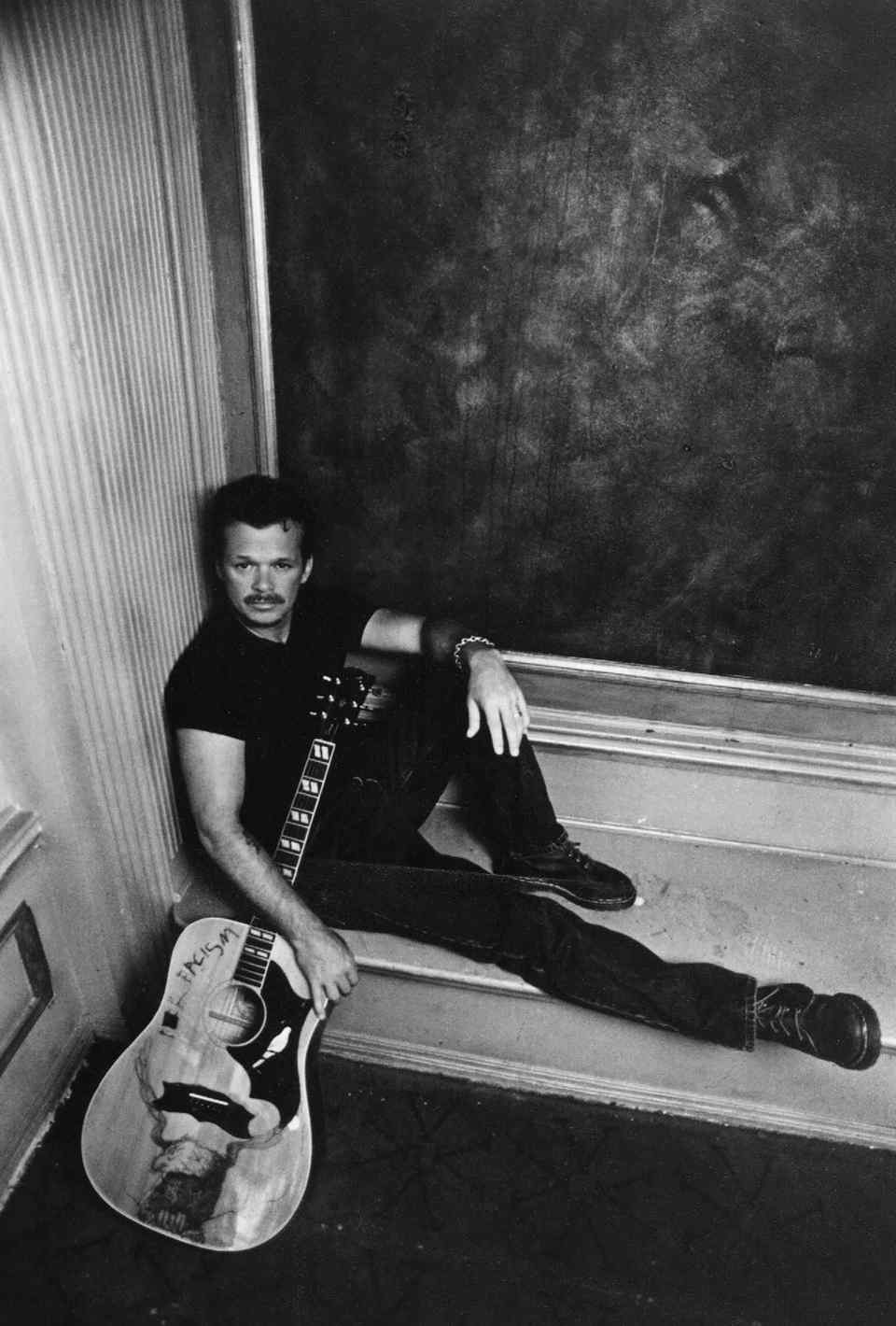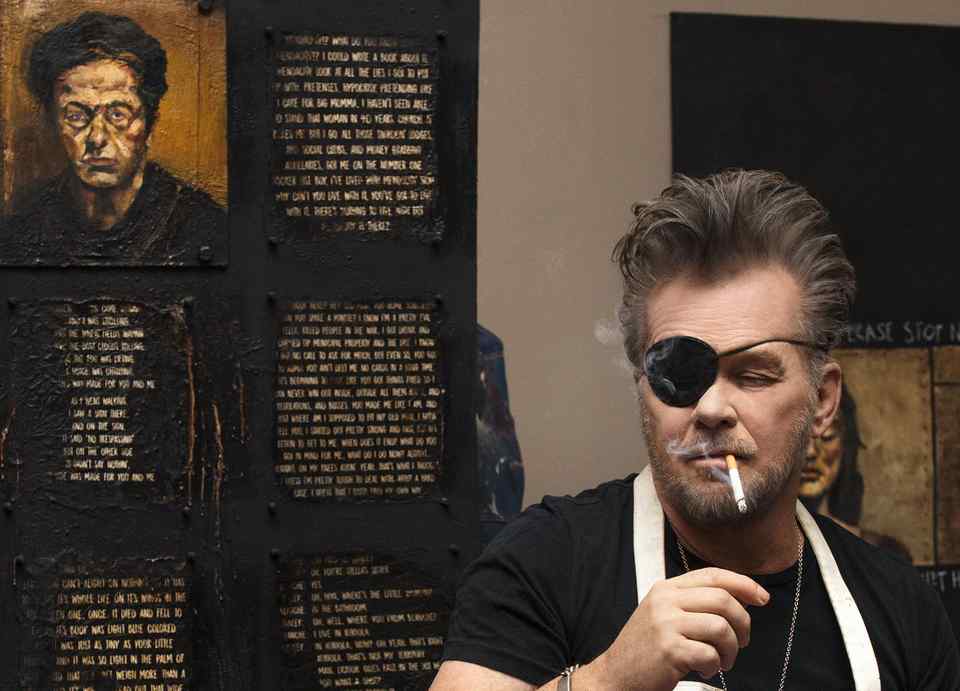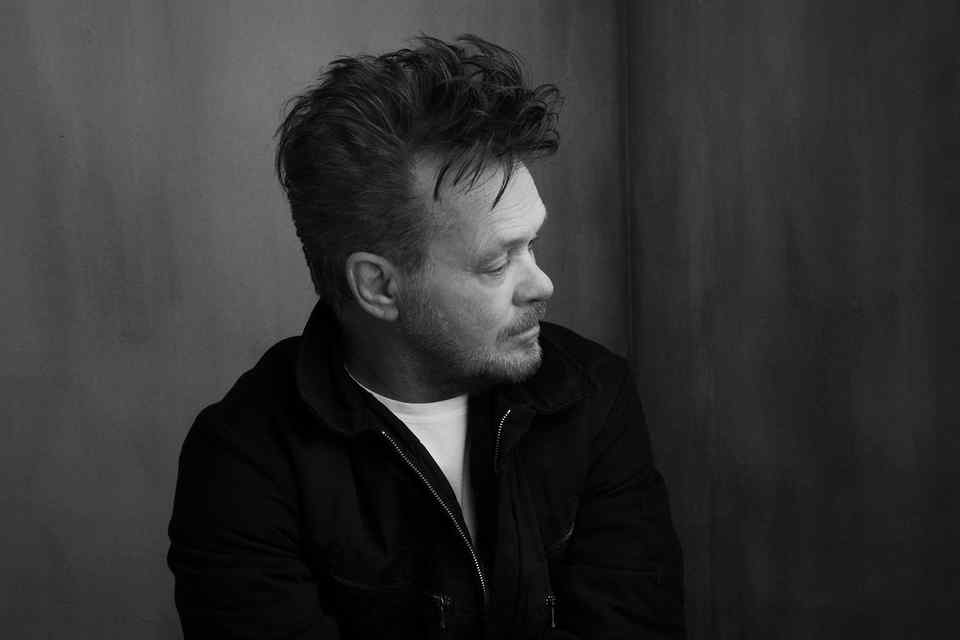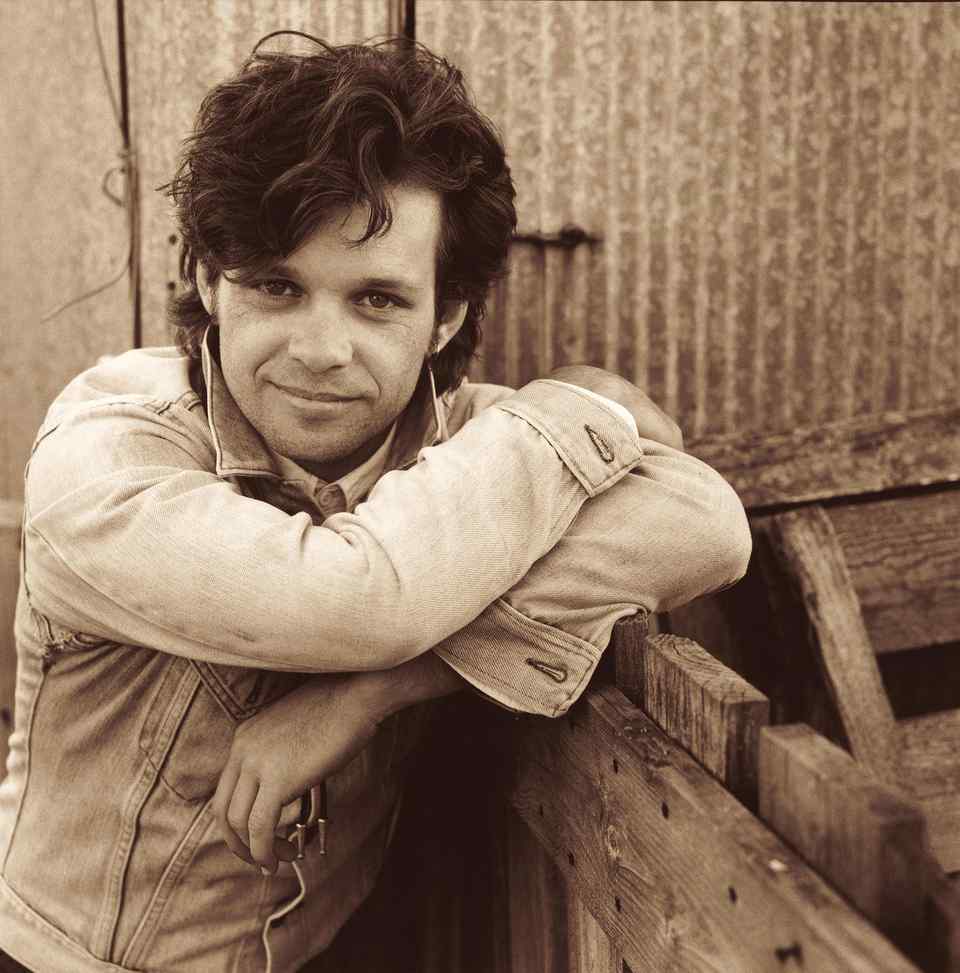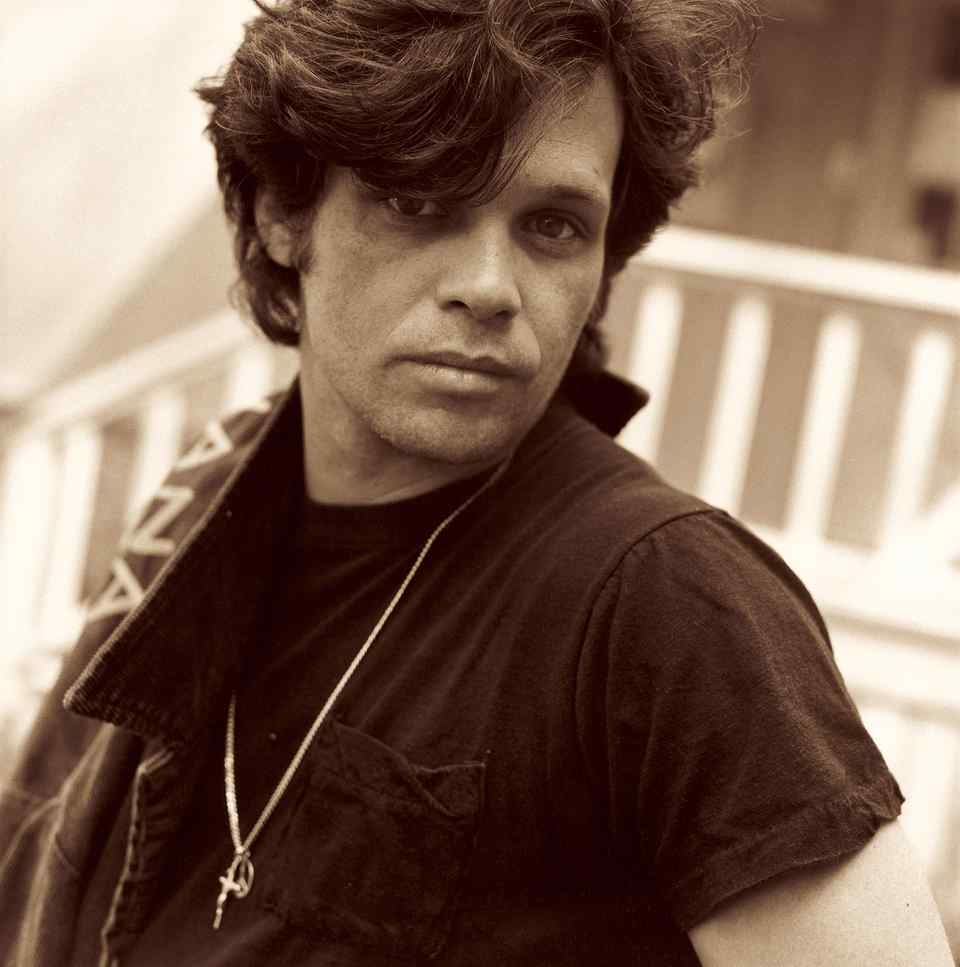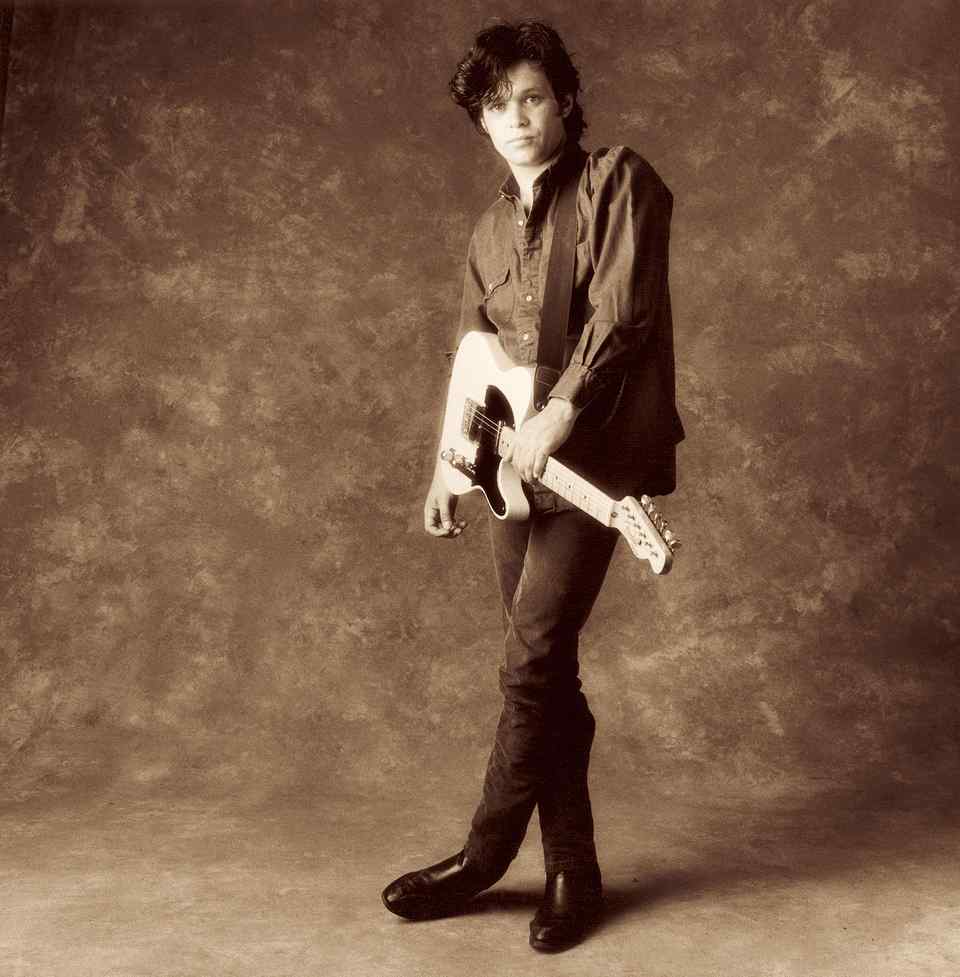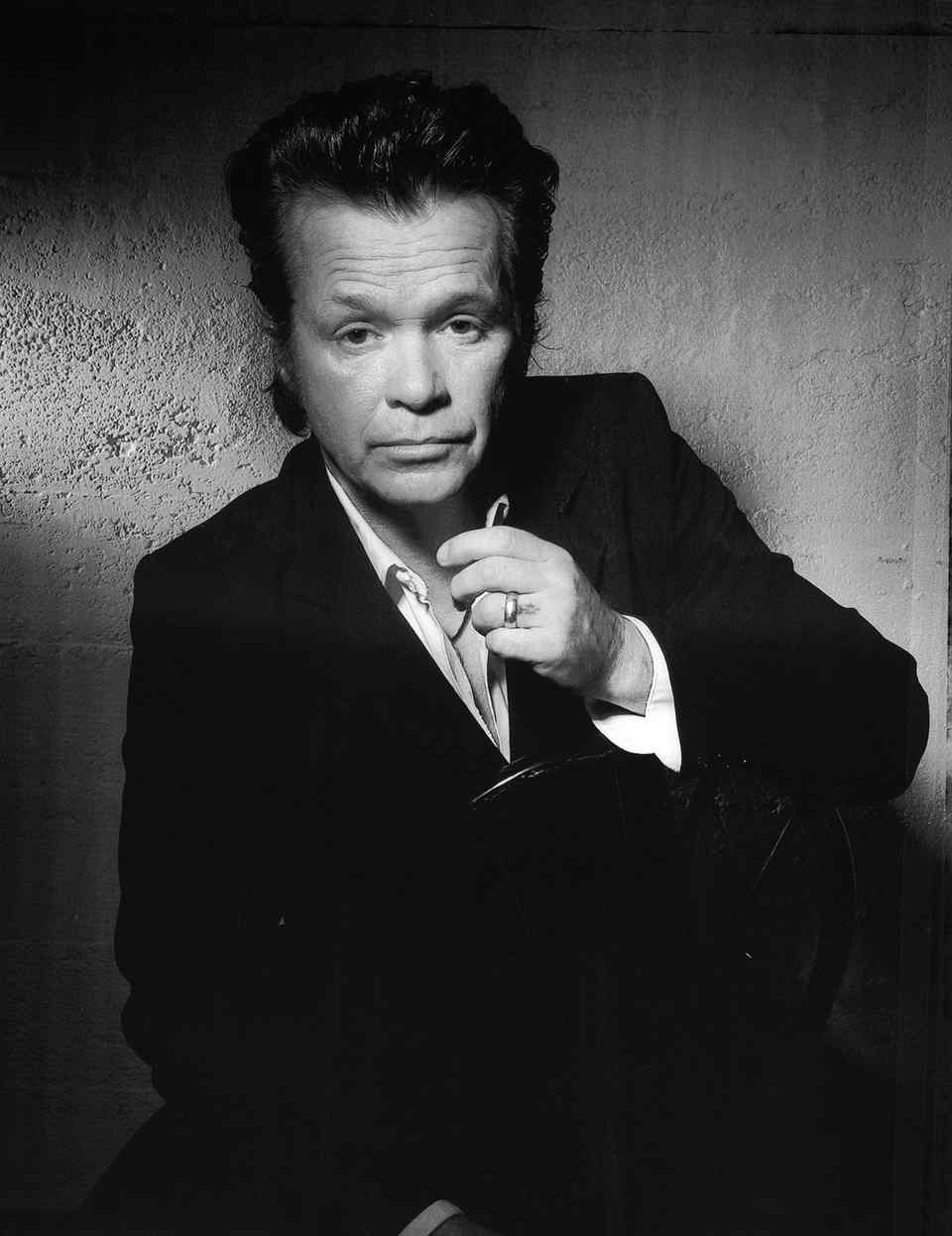Youngstown Ohio's The Butler Institute of American Art to Feature Mellencamp Painting Exhibition
For immediate release:
Youngstown, Ohio — The Butler Institute of American Art is to present the exhibition "The Paintings of John Mellencamp" November 3, 2013 through January 12, 2014. This show, which will feature some forty paintings, some never before seen by the public, is the artist’s first art museum exhibition. According to Butler director and chief curator Dr. Louis Zona, who organized the exhibition, "The Butler is pleased and proud to showcase these remarkable paintings by an American icon. Mellencamp’s very personal works, rooted in the traditions of European expressionism, display a unique understanding of art history, theory and composition. They are crafted with both skill and spontaneity by a great talent who is truly "twice blessed" with the creative gene."John Mellencamp was born in Seymour, Indiana, in 1951, a descendant of German immigrants. Mellencamp played music from the age of fourteen. His interest in painting began at ten years of age through observation of his mother, who painted with oils. The artist’s study at New York City’s Art Students League with portrait painter David Leffel was superseded in the early 1980s by a skyrocketing musical career; yet the artist continued to explore painting a a means of self-expression. According to Mellencamp, "Initially I was interested in portraitures only. I started looking at Rembrandt and those guys. That genre of painting. That led me to Impressionism which I didn’t really have a feeling for. From that it went to German Expressionism which has stayed and remains the basic foundation for what I do. Max Beckmann, Otto Dix, the foundation of my influence, same as folk music is the foundation of my songs." Mellencamp maintains a studio in Bloomington. He has a mid-west sensibility and always returns to his home state of Indiana. A testament to the power of place and authenticity permeates his paintings. Mellencamp’s work, both in his music and in his art expresses an awareness of social issues, and is strongly concerned with the inequity that drives the upheaval among peoples of our modern age. In a recent essay, Hilarie M. Sheets, a Contributing Editor to who also writes regularly for The New York Times points out: "Mellencamp doesn’t wince at grappling with issues of his heart, whether autobiographical or political. Since 2005 he has taken on themes such as racism, war, faith and justice, and broken with some of the formalism of his earlier work. He often paints in a freer, more graffiti-like style, layering text and pictographic images on canvases evocative of the frenetic street-art energy of work by Jean-Michel Basquiat and influenced by the anonymous murals he sees out car windows when he travels around the country"
Sheets goes on to say, "For Mellencamp, painting has always been a refuge, a solitary antidote to the hectic life of touring and performing. He doesn’t see it as precious or rarified activity but rather about staying productive, keeping his mind engaged, making something out of nothing." "Every day that I walk up to my art studio and I complete a painting, I have something to show for my time," says Mellencamp, who sees himself painting through old age. "I have millions of them in me." Mellencamp’s first museum exhibition was held last spring at the Tennessee State Museum in Nashville. The Butler Institute (founded 1919) is the first museum of American art. This visionary museum was the brainchild of Joseph G. Butler, Jr., one of the first art collectors to focus solely on American works. Constructed of Georgian marble in the Italian Renaissance Revival style, the original museum structure is considered an architectural masterpiece, and is listed as a landmark on the National Registry of Historic Places. Throughout its history, the Butler has remained free and open to the public. More than 100,000 people visit the Butler and its branch facility each year. With its distinguished history of over nine decades dedicated to preserving our nation’s cultural heritage, the Butler Institute is truly "America’s Museum." The Butler Institute is open free to the public. Hours are: Tuesday–Saturday 11:00 A.M. – 4:00 P.M.; Sunday Noon–4:00 P.M. Closed Mondays. |
